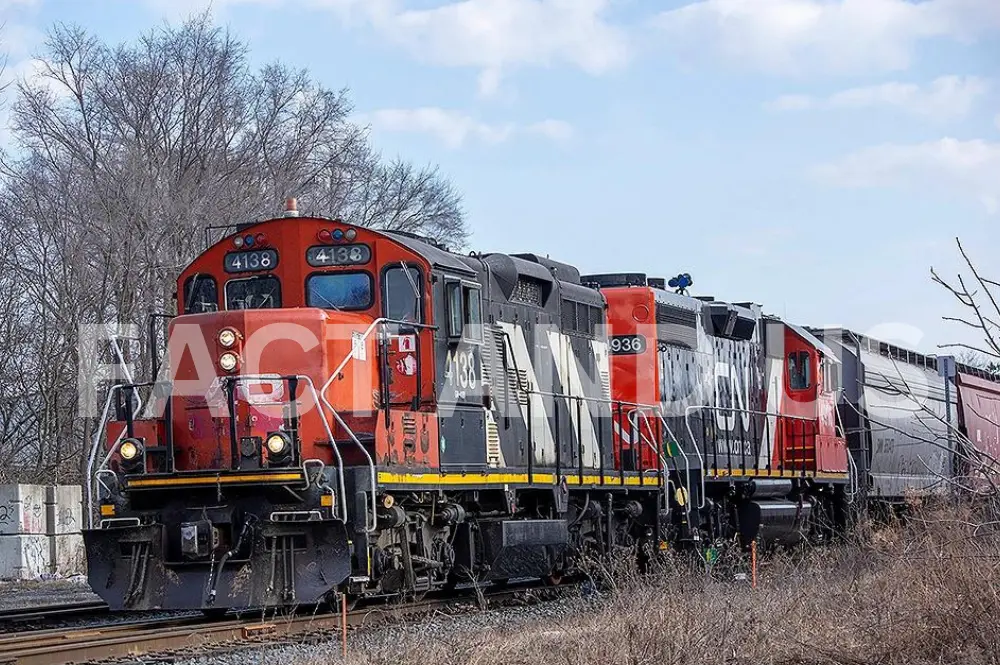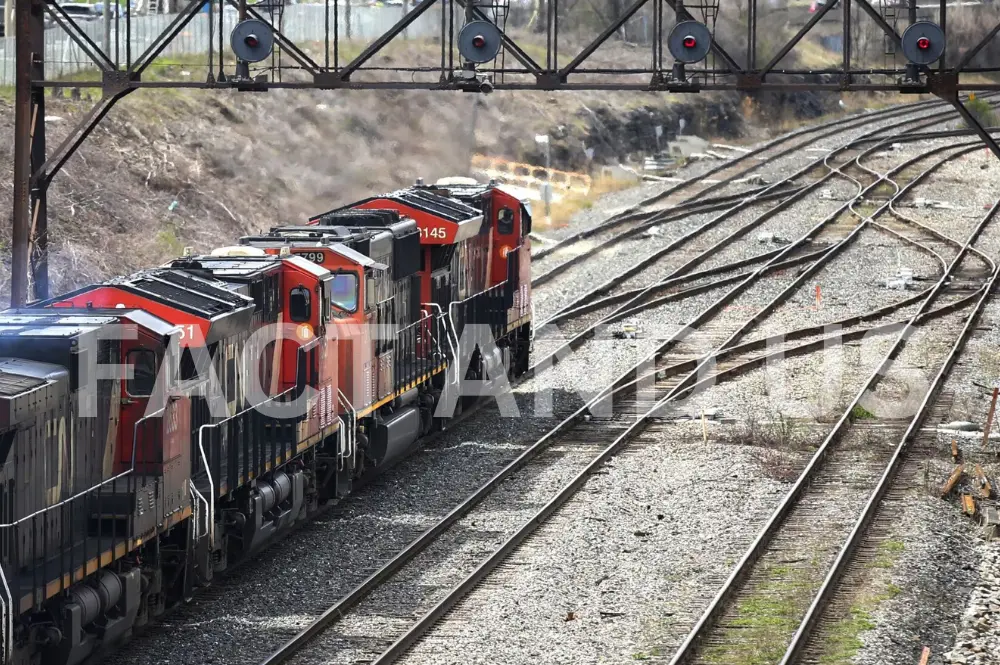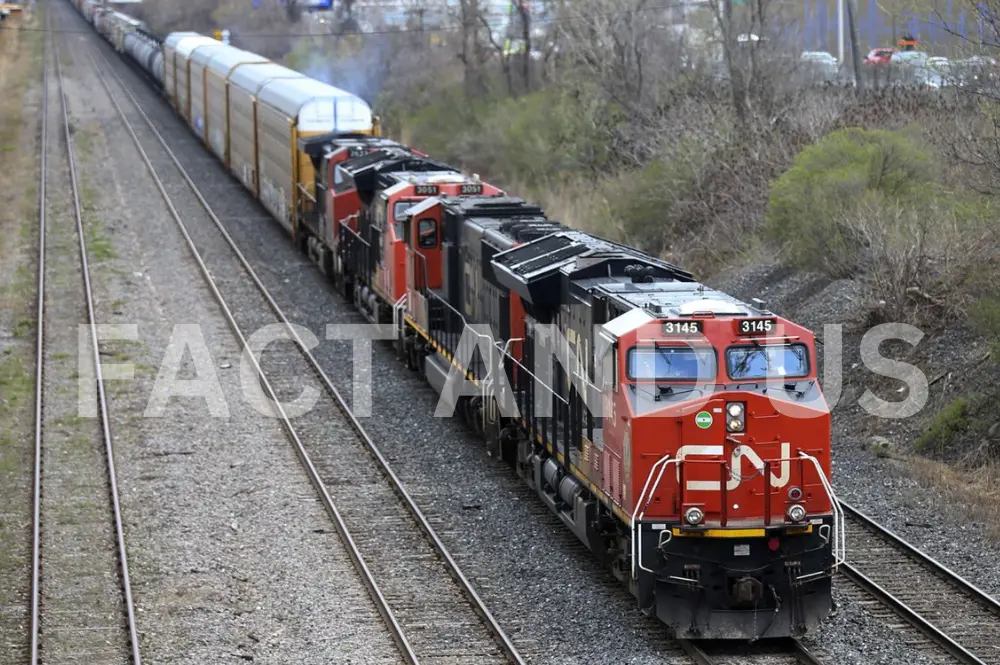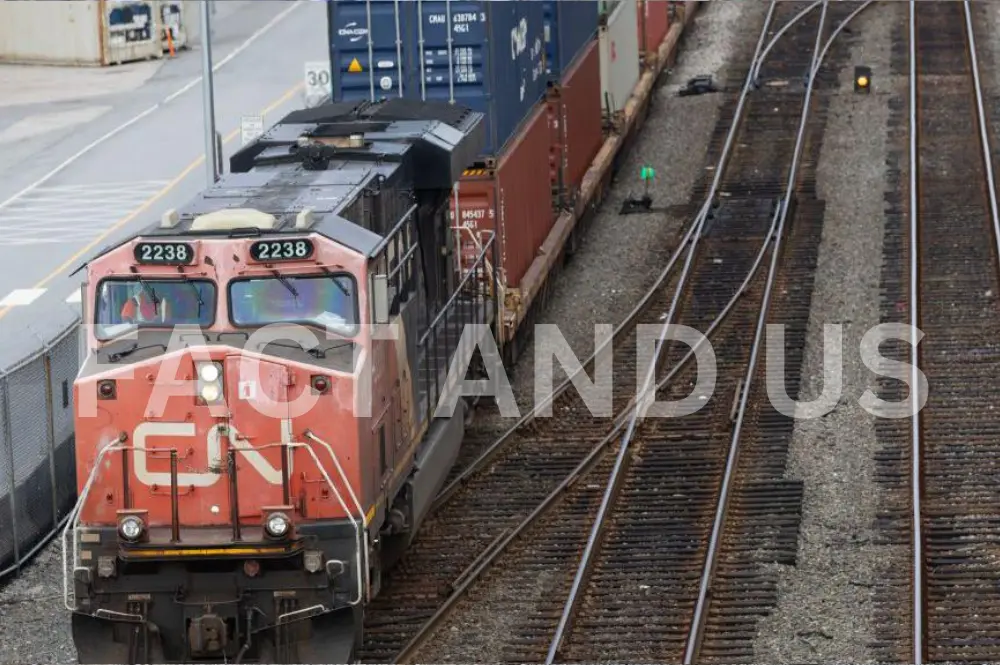In a positive turn of events for the transportation network in Canada, rail workers are slowly going back to work following the partial resolution of a major labor stoppage that had crippled freight services all over the country. This partial lifting of the stoppage is a decisive step toward restoring normal rail service, which remained at a standstill because labor disputes were not resolved.

The labor action, which began earlier this month, involved thousands of workers represented by the Canadian Union of Public Employees and the Teamsters Canada Rail Conference walking off the job. The strike had centered on demands for improved wages, better working conditions, and enhanced job security. Work stoppages caused significant delays and logistical problems for industries and businesses that rely on rail transport to move goods and resources.
Overview of the Canadian Rail Workers’ Stoppage
Unionized workers at the Canadian National Railway (CN) will resume work on Friday, Aug. 23, after the Canadian government said it will request the Canadian Industrial Relations Board (CIRB), an independent governmental body, to issue a back-to-work order for CN and the Canadian Pacific Kansas City (CPKC) rail lines, CNBC reports.


The CPKC has not yet reopened but is said to have announced its intention to end the lockout of unionized workers and is now waiting for the CIRB to effect the order. The CN reportedly said that it would take more than one week to get back to normal operations.
Canadian rail lines, CN and CPKC are trying to slam the door on its short lockout of more than 9,000 Teamsters union members, which started this afternoon shortly after midnight Thursday Aug. 22, 2024. The companies and Teamster union have been wrangled in contentious negotiations over the shape a new contract settlement will take. “Despite the referral from the Labour Minister, it is far from certain that the CIRB will take the final step and issue an order to stop the labour dispute at CPKC,” said the Teamsters. The strike launched Thursday night at midnight has imperilled supply lines across North America.

Canada is the second-largest country by area in the world and relies significantly on rail transport.
It ships about 75 percent of all the commodities it exports to the US, mostly by rail. A prolonged labour dispute could have disrupted deliveries of everything from grains and beans to potash, coal and timber.
The lockout has jammed commutes in Toronto, Montreal and Vancouver – where lines rely on CPKC-owned tracks.
Workers, farmers, commuters and businesses rely on Canada’s railways every day-and will continue to do-so, Mr MacKinnon said in a Thursday statement.
“It is the government’s duty and responsibility to ensure industrial peace in this critically vital sector,“
The government said it supports the collective bargaining process but must exercise its powers under Canada’s Labour Code to ensure goods and trade of importance kept moving. The labor stoppage caused quite a disruption, because rail networks are critical in transporting everything from necessary supplies to industrial materials. The services halt caused delays that influenced supply chains and sent shockwaves across businesses and consumers.
Industries such as agriculture and manufacturing, which rely significantly on rail transport, have voiced bitter complaints regarding the delays. Such effects of the stoppage in their operations and in the economy at large incited the Canadian Chamber of Commerce and other industry groups to call for urgent action.

With work now partially resumed, agencies are working to restore full working and catch up on its freight backlogs. Part of the disruption must unquestionably remain because operating will be restarted on a step-by-step basis, but the news has been greeted as a start in the restoring of stability and, hopefully, to make any possible economic blow minor.
The resolution indicates the strikes usually have a ripple effect on the problems in vital services. Both unions and firms continue to discuss matters left over for amicable agreement on the agenda.
For now, the return of rail workers to their jobs is a promising sign of progress. As negotiations move forward, stakeholders will be watching closely to ensure that the final resolution supports both workers’ rights and the smooth operation of Canada’s vital rail network.
Stay connected with Fact and US for more such news.
